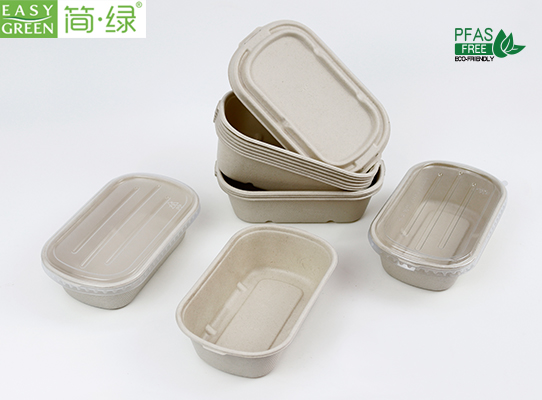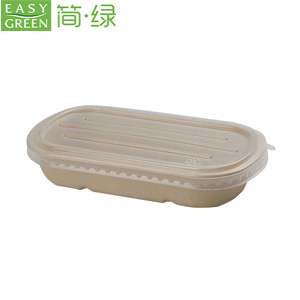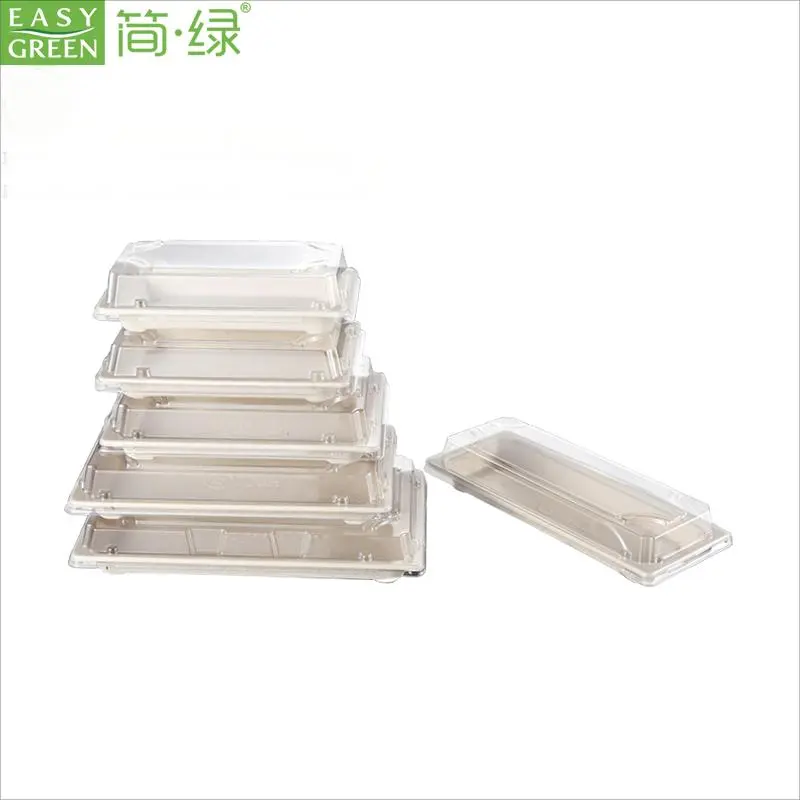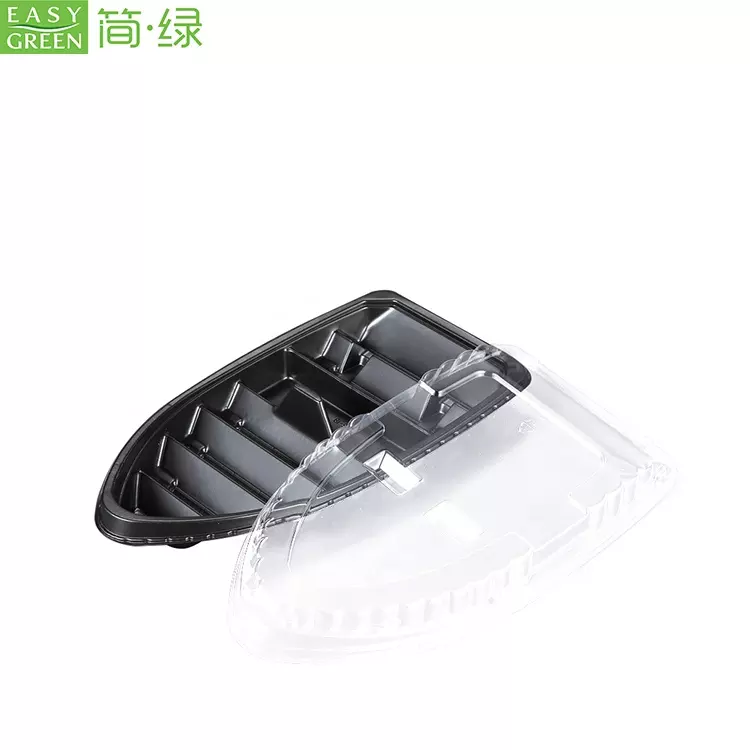Composting process for tableware: aerobic composting is a harmless treatment method that uses aerobic microorganisms to decompose and stabilize organic matter under aerobic conditions. Due to its short fermentation cycle, high level of harmlessness, good hygiene conditions, and ease of mechanization, aerobic composting has been widely used both domestically and internationally.
The process of aerobic composting consists of preprocessing, primary fermentation (also called first fermentation, primary decomposition, or primary composting), secondary fermentation (also called second fermentation, secondary decomposition or secondary composting), post-treatment, deodorization, and storage.
Preprocessing of compostable flatware
The main task of preprocessing compostable flatware is crushing and sorting, removing non-compostable materials, and crushing tableware waste into a suitable particle size range of 12-60 mm.
Primary fermentation of compostable flatware
Primary fermentation can be conducted in the open air or in a fermentation chamber. Oxygen is supplied through turning and stirring or forced ventilation, with the method of supplying air varying depending on the type of fermentation chamber. The initial decomposition of materials during fermentation is carried out by thermophilic bacteria (whose growth and reproduction are most suitable at 30-40℃). As the temperature of the pile increases, thermophilic bacteria, which are most suitable at temperatures of 45-65°C, replace the mesophilic bacteria for efficient decomposition. The supply of oxygen and the degree of insulation of the bedding have a great impact on the temperature rise of the pile. Then, it enters the cooling phase, and the stage where the temperature begins to decrease is usually referred to as the primary fermentation period. The primary fermentation period for the aerobic composting of food biodegradable tableware waste is about 4-12 days.
Secondary fermentation of compostable flatware
Unripe compost with a high carbon-to-nitrogen ratio, when applied to soil, will cause the soil to be nitrogen deficient. Unripe compost with a low carbon-to-nitrogen ratio, when applied to soil, will decompose and produce ammonia gas, which harms the growth of crops. Therefore, semi-finished products that have undergone primary fermentation must undergo secondary fermentation. Secondary fermentation can be carried out in a specially designed chamber, but the material is usually piled up to a height of 1-2 m for open fermentation. Sometimes turning or ventilation is necessary to improve the efficiency of secondary fermentation. Organic matter that has not yet decomposed or is difficult to decompose during primary fermentation may be completely decomposed in this stage, becoming relatively stable organic matter such as humic acid and amino acids, forming a fully mature composted product. The duration of secondary fermentation is usually more than 20-30 days.
Post-treatment of compostable flatware
After secondary fermentation, almost all organic matter has been stabilized and reduced. However, plastics and other impurities that have not been completely removed in the preprocessing process need to be removed in another sieving process. Preprocessing devices such as rotating vibrating screens, magnetic separators, and wind selectors can be used to separate and remove these impurities, and further crushing can be carried out as needed (such as producing refined compost). Alternatively, depending on the soil conditions, NPK additives can be added to the bulk compost to produce compound fertilizer.
Deodorization of compostable flatware
During the composting process of biodegradable tableware, substances such as ammonia, hydrogen sulfide, methyl mercaptan, and amines are generated at various stages and must be deodorized. Methods of removing odor include chemical deodorization and adsorption using adsorbents. An economical and practical method is biological deodorization, in which mature compost is placed in a deodorization device with a height of about 0.8-1.2 m, and odors are introduced into the system, allowing biological decomposition and adsorption to take place immediately. The removal efficiency of ammonia and hydrogen sulfide can both reach over 98%.
Storage of compostable flatware
Compost is generally used in the spring and autumn seasons and needs to be stored in the summer and winter seasons. Therefore, it is necessary for composting plants to have storage facilities that can accommodate at least six months of production output to ensure continuous production.
 English
English 






